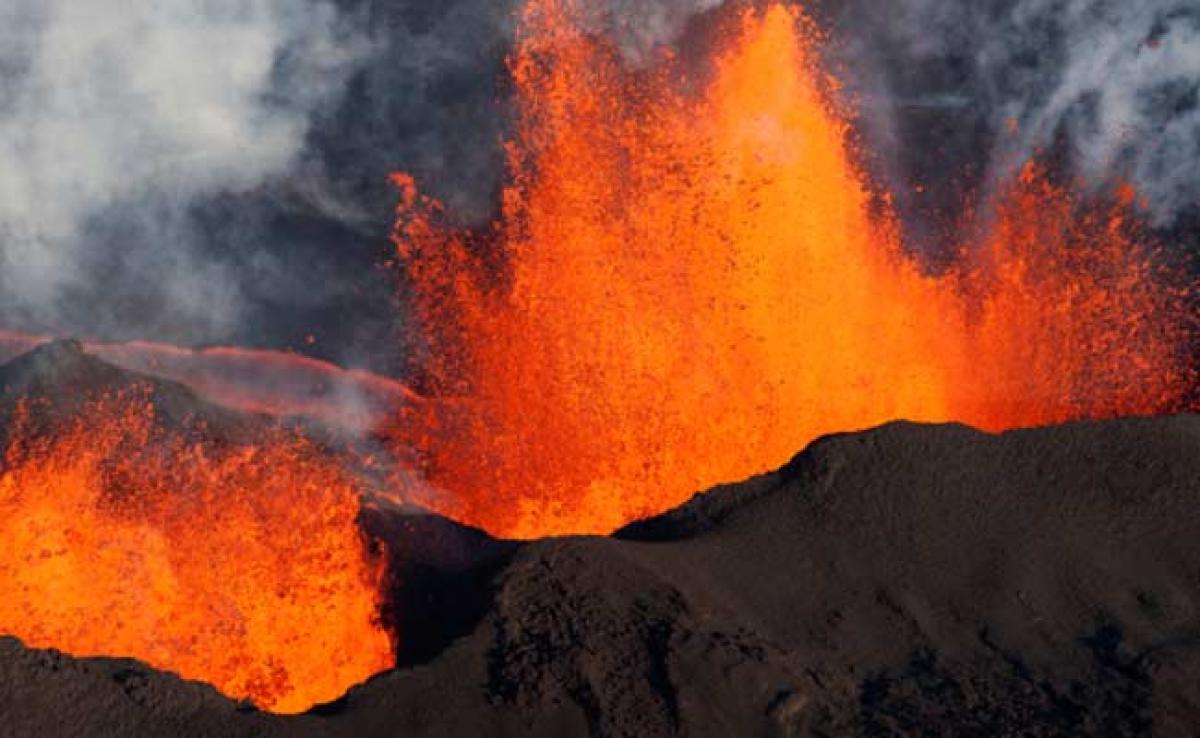Live
- Shah Rukh Khan gives voice over to ‘Mufasa: The Lion King’
- SA retains U19 women’s team from Ireland series for India tour ahead of WC
- Masik Shivratri in November 2024: Date, Time, Significance, and Rituals
- Red alert issued to two districts in AP amid expected severe cyclonic Storm
- "Visakhapatnam Unveils New Adventure Sports for Thrill-Seeking Tourists!"
- SC issues notice on CBI’s plea to transfer Yasin Malik's trial from Jammu to Delhi
- S Korea: FM Choi to urge Prez to veto Bill ending automatic forwarding of budget proposal
- Study shows hormone therapy may pose health risks to transgender men
- Amazon India's first-ever Black Friday event to go live on November 29
- Rohit-led Indian team meets Australian PM Anthony Albanese in Canberra ahead of tour game









